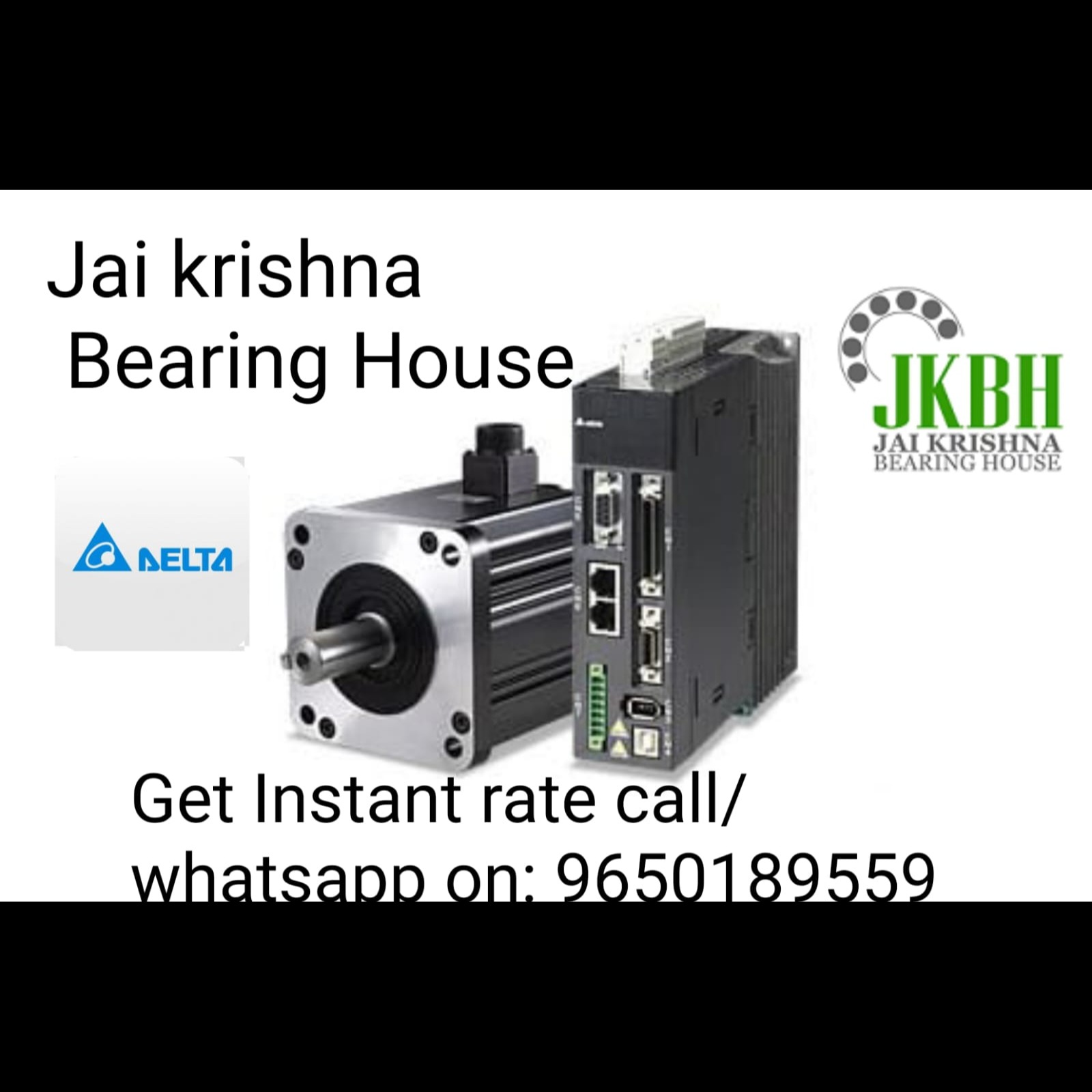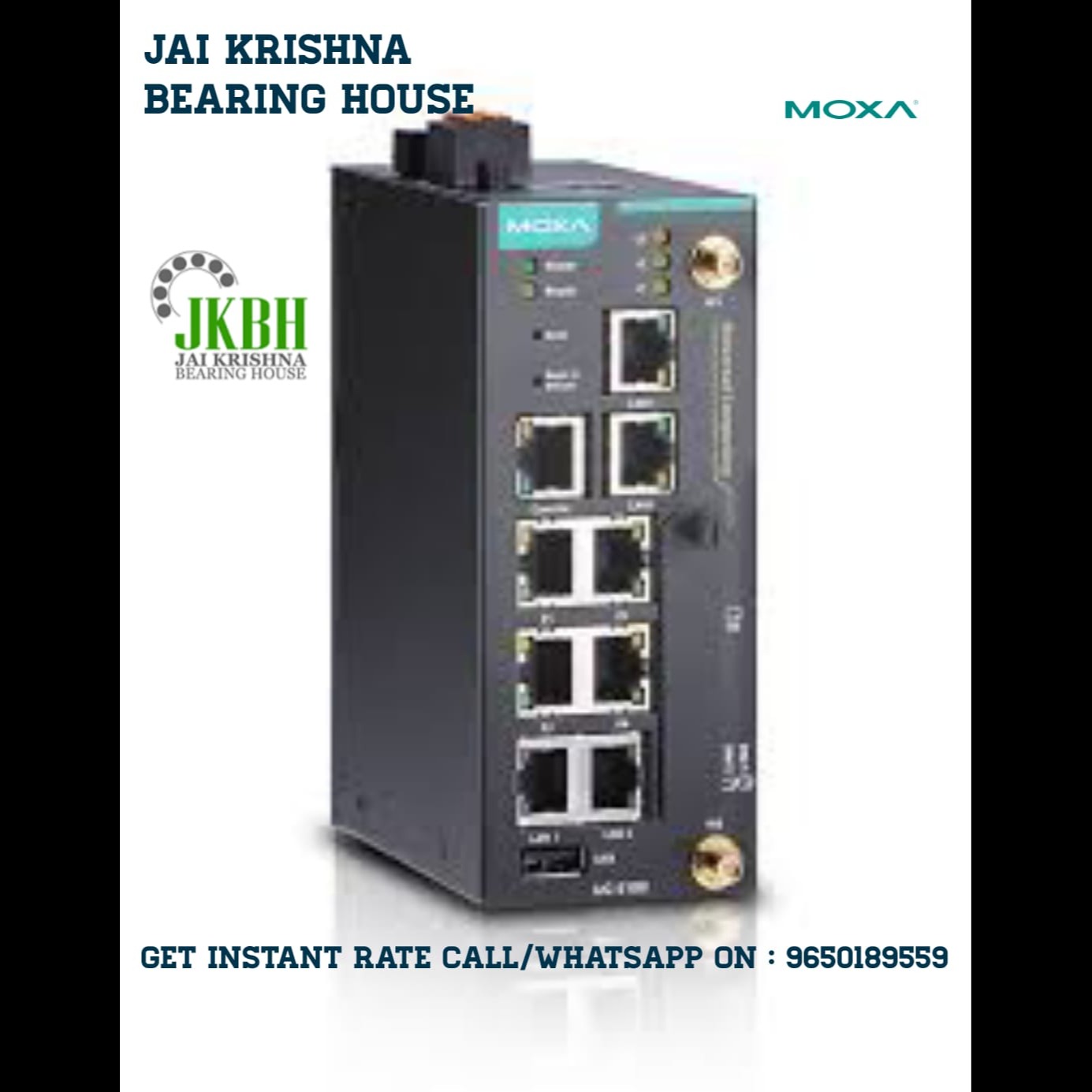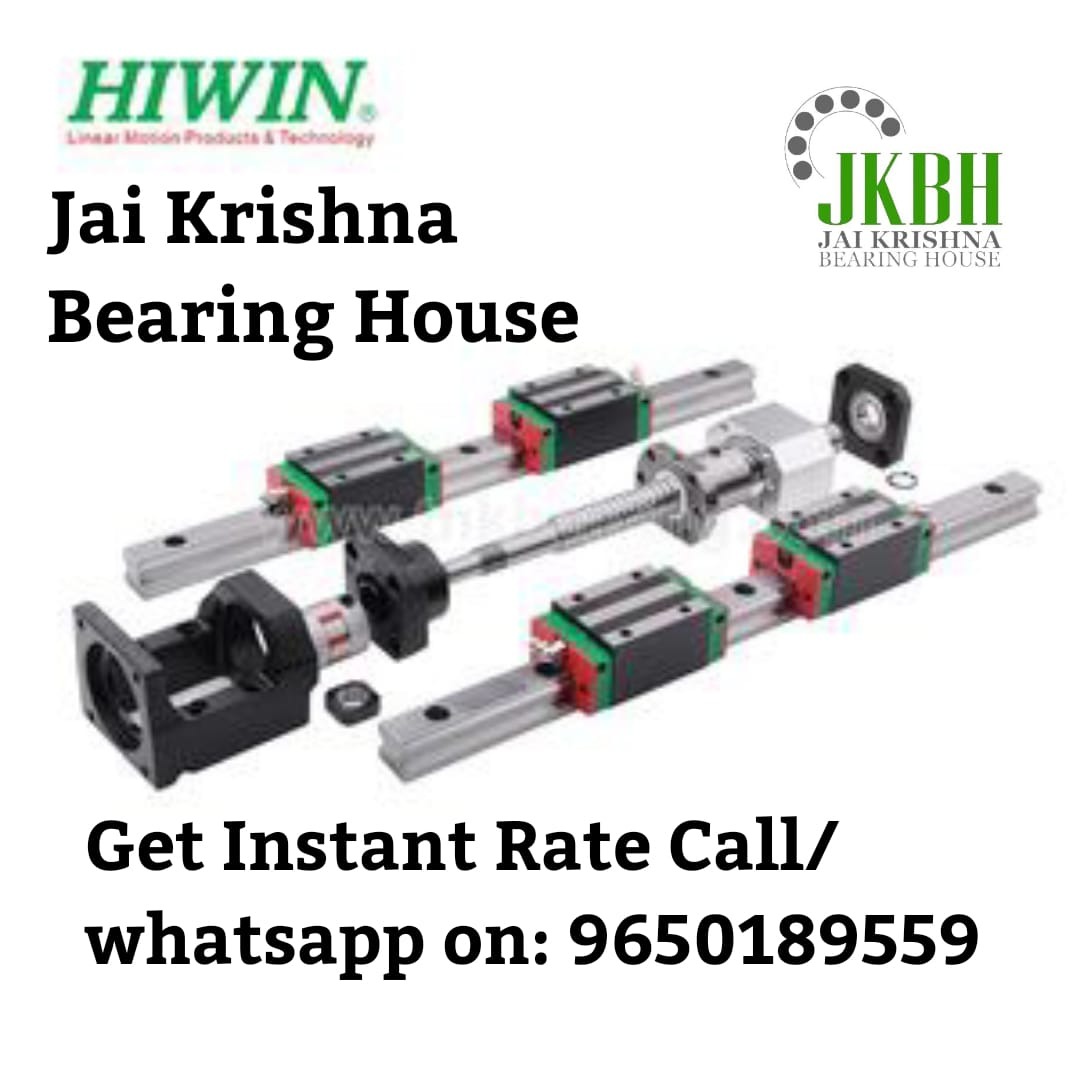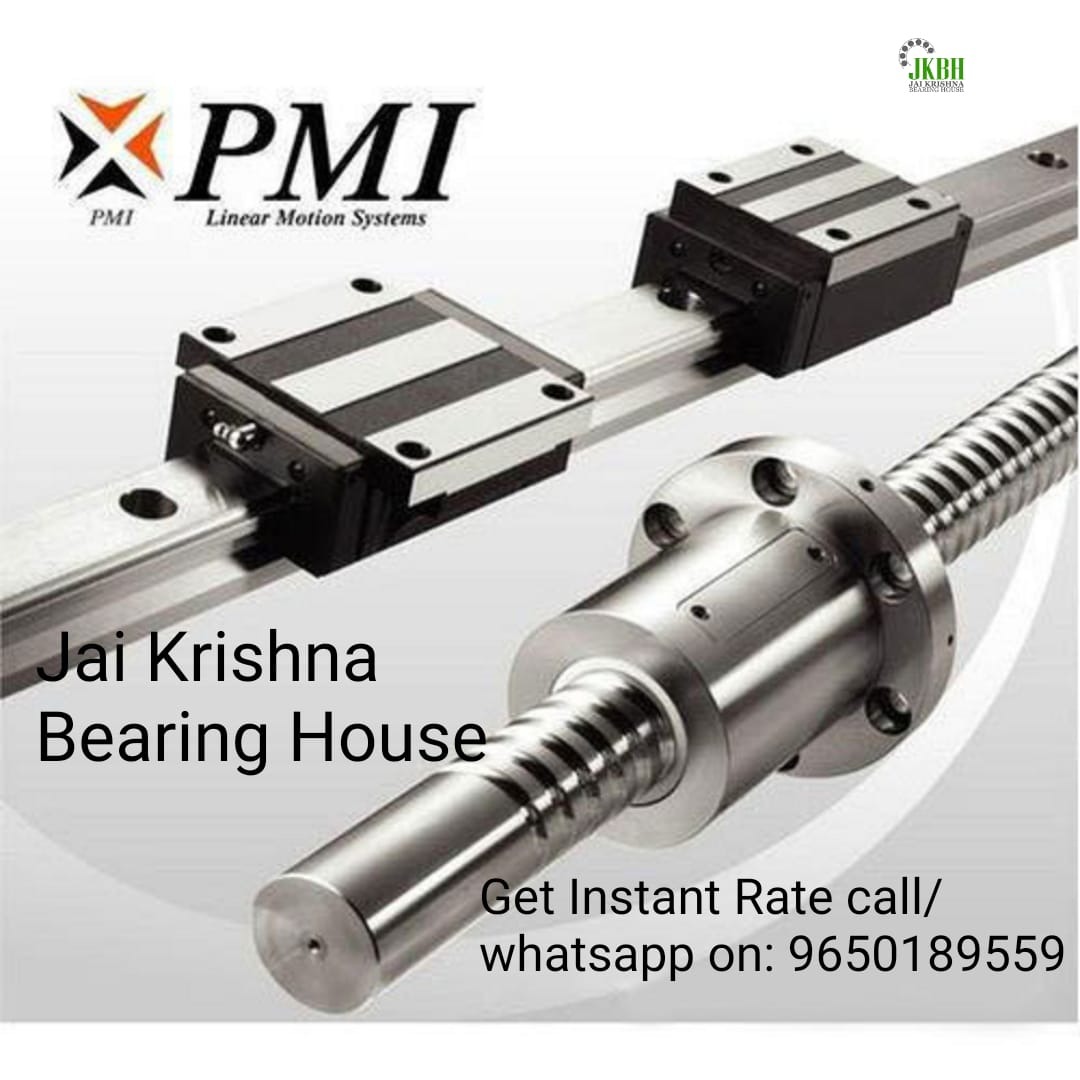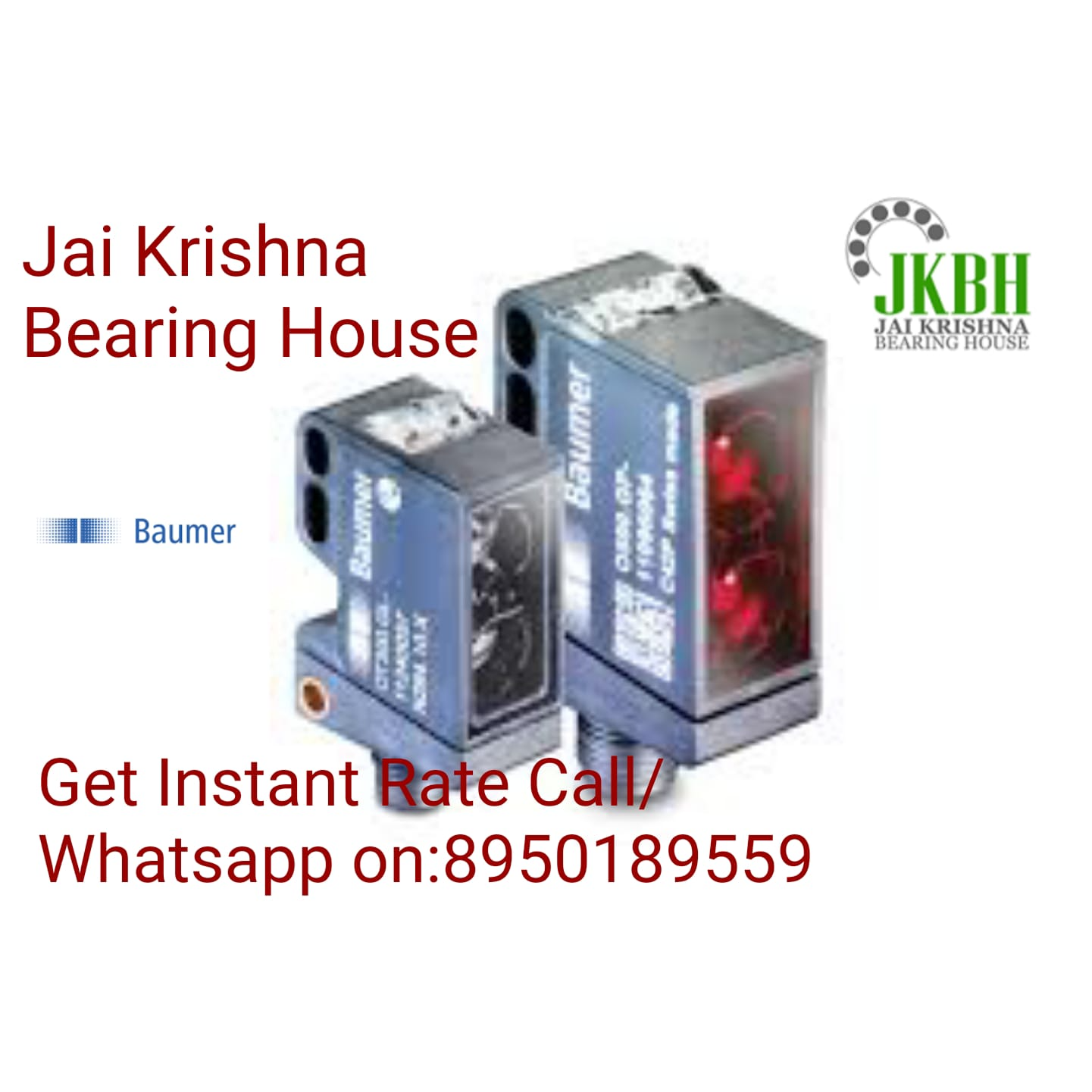
A photoelectric sensor detects objects, changes in surface conditions, or distances using light (usually infrared or visible). It consists of:
Emitter: Sends a beam of light
Receiver: Detects the reflection or interruption of that beam
Used when non-contact detection is needed over long or short ranges
🏭 About Baumer
Baumer Group is a Swiss company known for high-quality sensors, encoders, vision components, and process instrumentation. Their photoelectric sensors are widely used in:
Factory automation
Packaging
Robotics
Food & beverage
Logistics
📦 Types of Baumer Photoelectric Sensors
1. Through-Beam Sensors
Structure: Separate emitter and receiver
Range: Up to 60 meters
Advantages: High accuracy, long distance, best for dusty/dirty environments
2. Retro-Reflective Sensors
Structure: Emitter and receiver in one unit, reflects off a mirror/reflector
Range: Up to 18 meters
Advantages: Easy setup, reliable for shiny/transparent objects (with polarization filter)
3. Diffuse Sensors
Structure: Emitter and receiver in one unit, detects reflected light off object
Range: Up to 2 meters
Variants:
Background suppression (BGS): Detects only objects at a specific distance
Energy-based: Simpler, but less accurate with varying colors
4. Laser Sensors
High precision laser light
Ideal for small object detection or precise positioning tasks
🔍 Key Features of Baumer Photoelectric Sensors
Feature Description
Sensing Range Up to 60 m depending on type
Light Source LED (red, infrared, laser)
Response Time Fast — microsecond-level switching
Output Type NPN, PNP, analog, IO-Link
Power Supply Typically 10–30 V DC
IP Rating IP67 / IP69K available (waterproof, washdown-ready)
Housing Types M18, M12, square, miniature sizes
Material Options Stainless steel, plastic, chemical-resistant versions
Temperature Range Typically -25°C to +60°C or more
🔌 Smart Features (Depending on Series)
IO-Link communication: Enables parameterization, diagnostics, and data streaming
Background suppression: Excellent in complex background environments
Transparent object detection: For detecting glass/plastic
Teach-in functionality: Easy setup using a button or teach wire
📈 Popular Series from Baumer
Series Features / Use Case
O300/O500 Compact, robust, ideal for conveyor systems
FHDK Miniature sensors for tight spaces
FRDK/FFDK Retro-reflective with strong performance
OADM Laser distance sensors (diffuse or analog)
U500 Ultrasonic version for non-light-based sensing
O200 Ultra-compact, precise, background suppression
IFRM Cylindrical M18 proximity/photoelectric sensors
🛠️ Applications
Object detection on conveyor belts
Counting parts or boxes
Level detection in tanks or bins
Presence detection in packaging lines
Bottle detection (transparent)
Small part precision positioning
✅ Pros
Durable for industrial environments
High precision and repeatability
Fast switching speeds
Flexible output and mounting options
Wide sensing range options
IO-Link support for Industry 4.0
⚠️ Things to Consider
Transparent or shiny objects require specialized versions (e.g., with polarization)
Environment (dusty, steamy) may affect performance without correct sensor type
Diffuse sensors are more sensitive to background and object color
📘 Example: Baumer O300.DR-11295768
Type: Diffuse sensor with background suppression
Range: 15–150 mm
Output: PNP light-on/dark-on switchable
Response Time: 0.5 ms
IO-Link: Yes
Protection: IP67
Mounting: Compact housing with M8 connector
